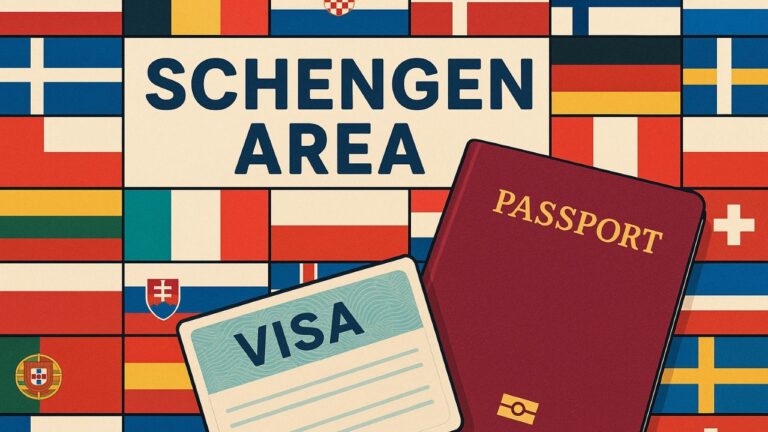Staying connected while travelling abroad is no longer just a nice extra, but a necessity. From booking rides to finding your way through unfamiliar streets, mobile data can be the difference between a smooth trip and unnecessary stress. The challenge, however, is that international roaming charges can quickly add up and leave you with a bill that’s far bigger than expected.
That’s why it helps to plan ahead and choose a data option that fits both your budget and your travel style. To make the selection process simpler, here’s how you can find affordable data plans that keep you connected wherever your trip takes you.
Assess Your Travel Needs
Think about how much data you actually use during a typical day. If you only plan to send messages and check email, a small data package may be enough. On the other hand, if you rely heavily on your cell phones for maps, social media, or video calls, you’ll need a more generous plan, perhaps even an unlimited data plan. Understanding your own habits makes it easier to avoid paying for features you
don’t need.
This step also helps you compare options more realistically. A clear idea of your usage prevents overspending and reduces the risk of running out of data midway through your trip.
Compare Local and International Options
Check if it’s cheaper to purchase a local SIM card at your destination or to buy an international plan before leaving. Local options often provide better rates and larger data allowances, but they require an unlocked phone and may involve navigating language barriers.
International eSIMs, on the other hand, can be activated instantly and often support multiple countries, making them a great fit for longer trips. If you’re heading across several European destinations, choosing the best travel card for Europe or a reliable eSIM can help you stay connected without constantly switching SIMs.

Research Coverage and Reliability
A data plan is only as good as the coverage it offers. Cheap packages can look tempting, but may leave you without service in certain areas. So, research whether the provider has reliable coverage in the cities and regions you’ll visit. If you’re traveling to rural areas or multiple countries, wider international coverage should take priority over price.
For a woman traveling solo, reliable data is also about your safety. Having strong connectivity ensures you can access maps, call transportation, or reach emergency services when needed. Don’t underestimate how much peace of mind comes from knowing you’ll have service wherever you go.
Check Roaming Policies and Hidden Fees
Some data plans appear affordable upfront but include hidden charges. Always read the fine print. Look for information on roaming restrictions, data speed limits, and extra costs for exceeding your allowance. A plan that throttles your speed after a small amount of usage might not be practical if you’re a heavy
user.
Also, pay attention to billing cycles. Some plans are valid for a fixed number of days, while others reset monthly. Choosing the right structure ensures you don’t end up buying multiple short-term packages unnecessarily.
Choose Flexible Plans for Multi-Country Trips
If your trip involves multiple destinations, you need to find a flexible plan. Some providers charge extra for crossing borders, while others include broad regional coverage. Choosing a plan that allows you to move between countries without extra fees can save you time and frustration.
For example, European travelers often benefit from regional packages that let them use their data across several countries. This option is especially helpful for backpackers, students, or professionals traveling for extended periods.
Balance Cost With Convenience
The cheapest plan isn’t always the best choice if it complicates your travel experience. Having to constantly top up or switch SIM cards can be stressful when you’re already dealing with multiple itineraries and transportation. A slightly more expensive plan that offers seamless connectivity may be worth the extra expense.
So, see whether you prefer peace of mind or strict budget control. Both approaches are valid, but recognizing your priority helps you pick the plan that suits your travel style.
Use Wi-Fi Strategically To Reduce Costs
Even with an affordable data plan, using Wi-Fi whenever it’s available is a smart way to stretch your allowance. Many hotels, cafes, and airports provide free connections. Downloading maps, entertainment, or work documents before heading out can drastically cut down on mobile data use.
Just remember to stay cautious when using public networks. Protect sensitive information by avoiding online banking or entering personal details on unsecured Wi-Fi. A simple precaution like using offline apps can help you stay connected while keeping costs low and information safe.
Monitor Your Usage Throughout the Trip
Once you’ve chosen a plan, keep track of your data consumption. Most mobile phones allow you to check usage under settings, and some providers offer apps that show remaining balance in real time. Regular monitoring helps you avoid overage charges and adjust your habits if necessary. Small changes, like switching to offline maps, downloading playlists in advance, or limiting video streaming, can make
your plan last longer.
Key Takeaway
Affordable international data plans are within reach when you take time to match your usage with the right package. As long as you assess your needs first, compare local and global options, and pay attention to coverage and hidden fees, you’ll save money while staying connected. A thoughtful choice not only protects your budget but also makes your trip smoother and more enjoyable.






